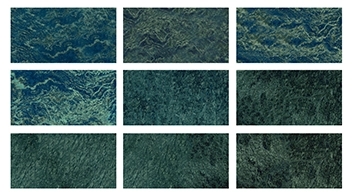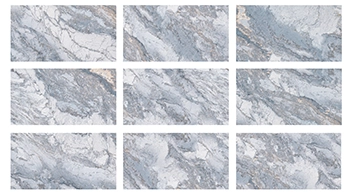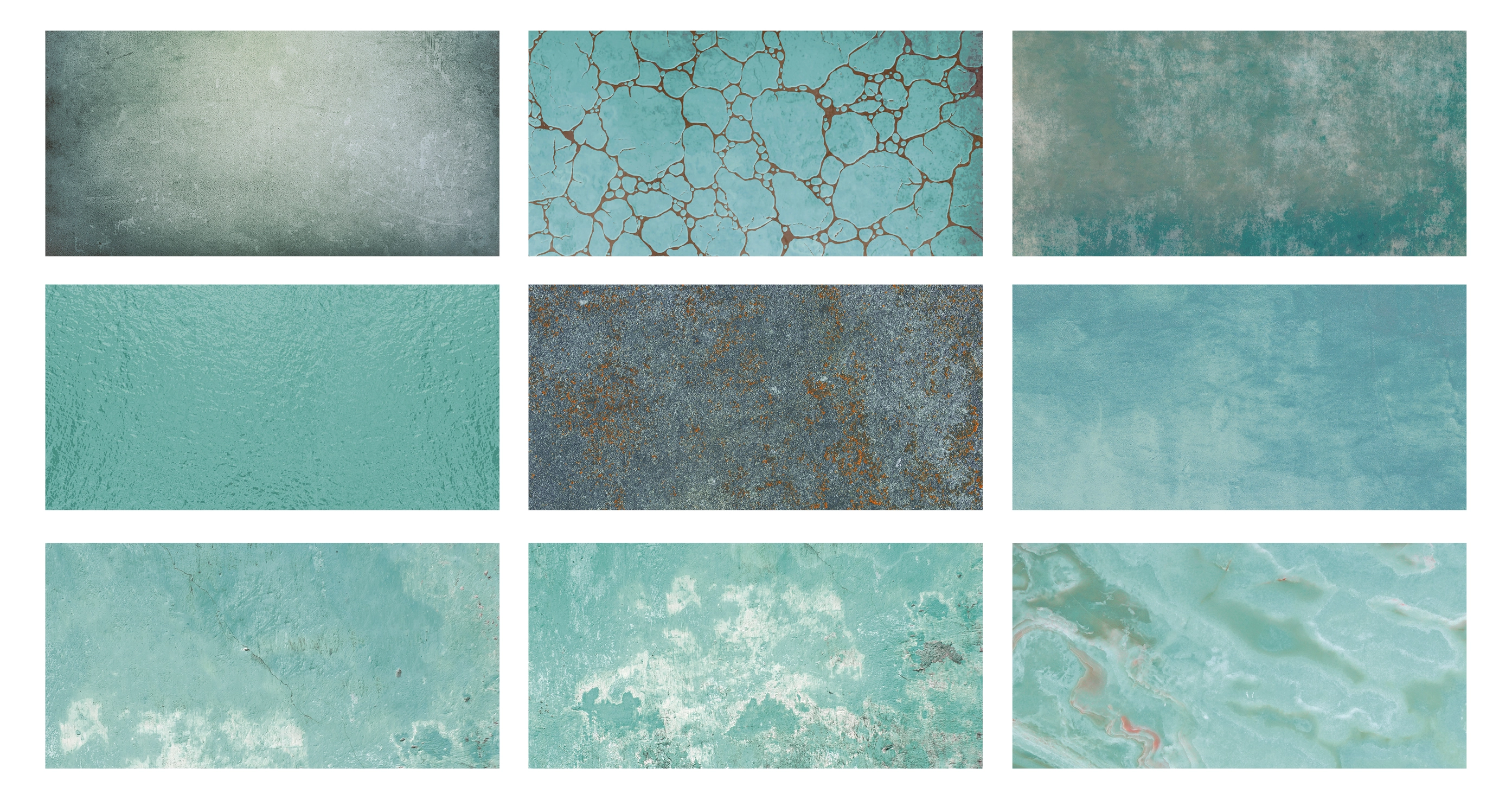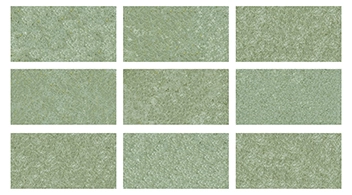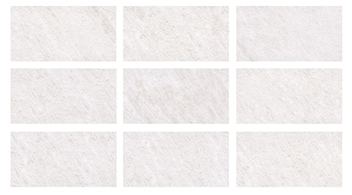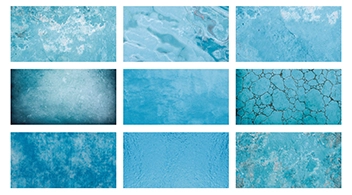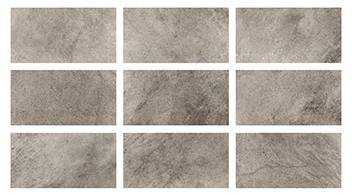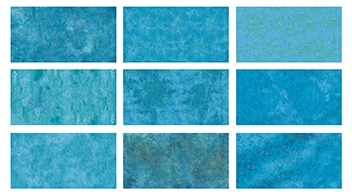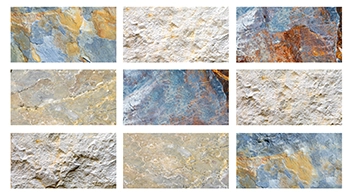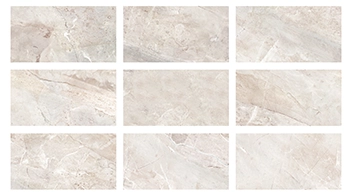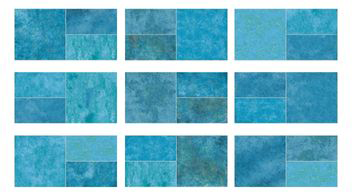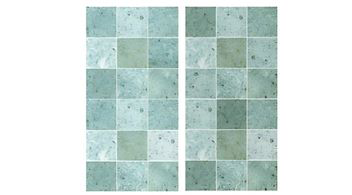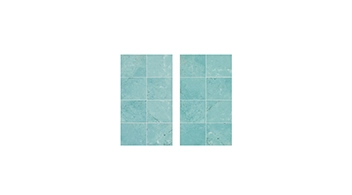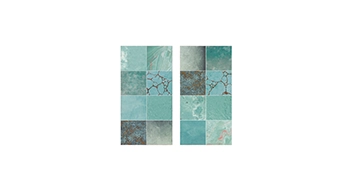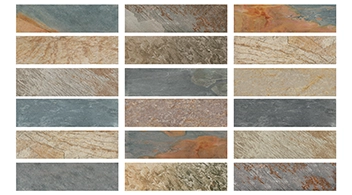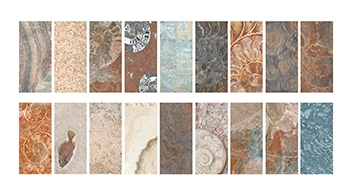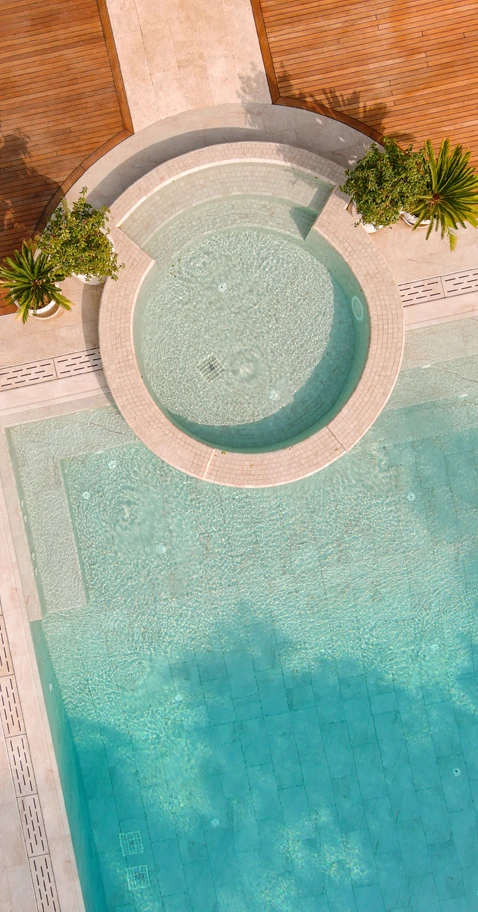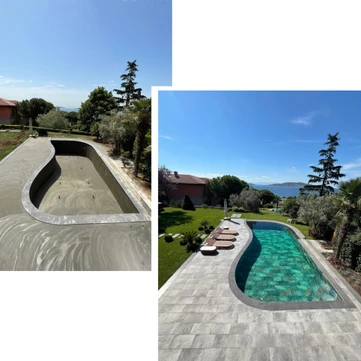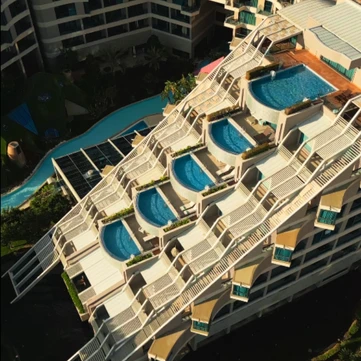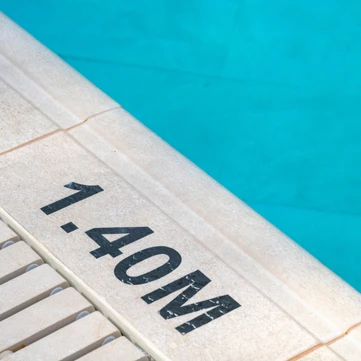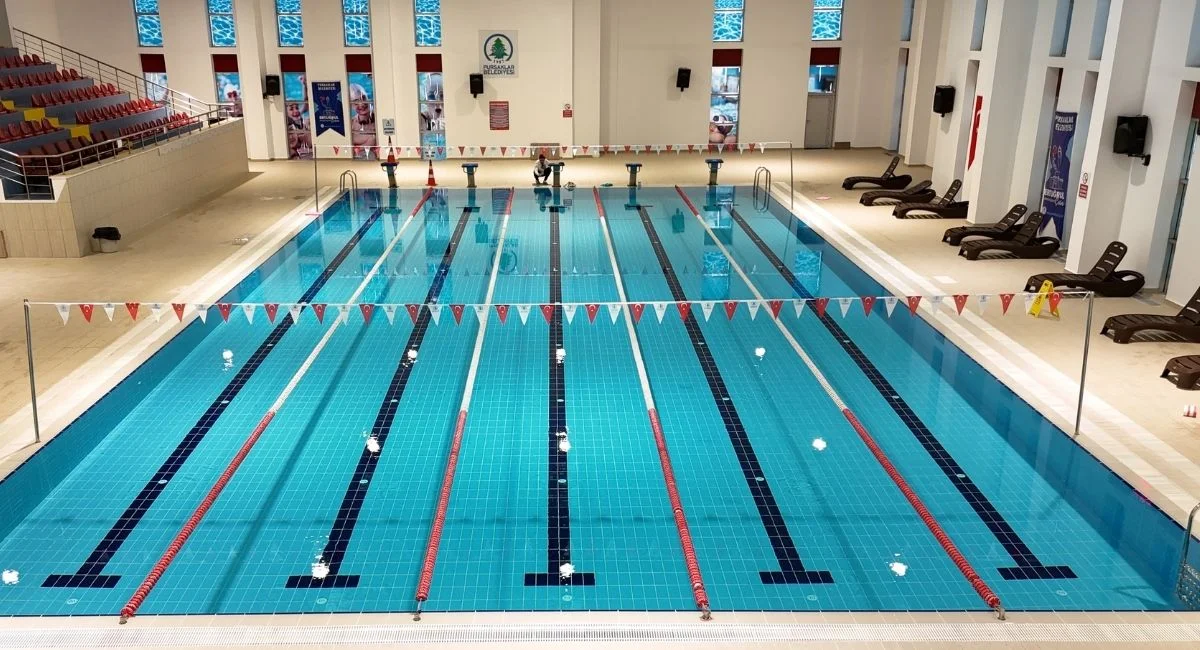
Selecting the right cladding material for Olympic pools is undoubtedly of critical importance. The materials used in these facilities must deliver exceptional durability, hygiene, and aesthetics. In this context, 100% porcelain pool cladding stands out with its long-lasting performance and chemical resistance, offering a highly reliable solution compared to alternative materials. For anyone considering options for Olympic pool cladding, porcelain proves to be the superior choice. In this article, we explore how the right surface finish directly impacts the performance and safety of Olympic pool tiles.
Why the Right Cladding Material Is Crucial for Olympic Pools
Olympic swimming pools must meet international standards, and therefore every material used in their construction must align with these strict criteria. Selecting the appropriate surface finish is essential for ensuring long-term performance. High-quality Olympic pool tiles help protect pool surfaces against wear and environmental stress for many years. At the same time, a hygienic finish prevents bacteria and algae growth, ensuring a safe and clean environment for athletes. That’s why 100% porcelain pool cladding plays a vital role in performance and safety.
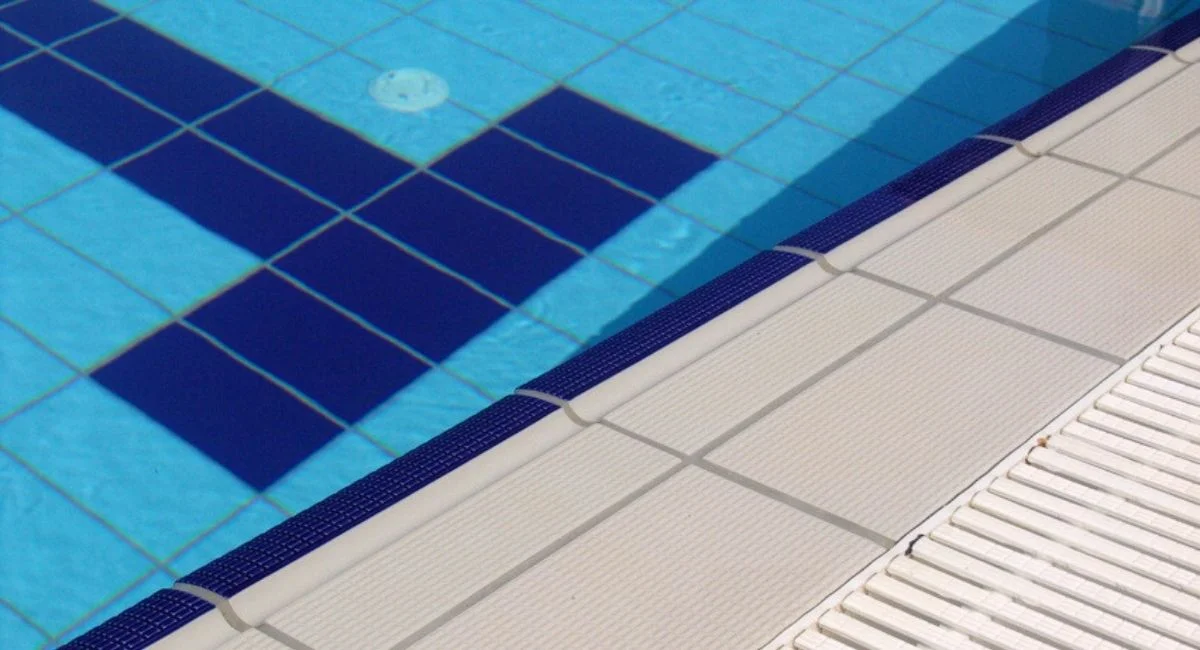
Advantages of 100% Porcelain Pool Cladding
Full-body porcelain offers outstanding resistance to cracking, scratching, and abrasion. It retains its elegant appearance over the years and ensures low water absorption, which significantly limits bacteria and algae formation. Additionally, thanks to its chemical resistance, it provides superior protection against both pool chemicals and UV rays.
Porcelain also stands out as a non-slip pool tile, enhancing safety for athletes and minimizing the risk of slipping. This level of protection boosts both comfort and user satisfaction.
Serapool’s 100% Porcelain Olympic Pool Solutions
At Serapool, we offer products specifically engineered for Olympic pools—combining both form and function. Our porcelain pool tiles not only deliver striking visual impact but also perform at the highest level in terms of durability and hygiene. Their low water absorption ensures a cleaner, healthier pool environment by minimizing algae and bacteria. Complementary pieces such as pool coping and stair non-slip elements maximize safety for swimmers by minimizing slipping hazards. Pool channels and pool grates ensure proper water discharge, maintaining a steady and hygienic water flow.
How Does Porcelain Compare to Other Pool Cladding Materials?
Compared to ceramic and mosaic alternatives, porcelain tiles offer superior benefits in nearly every category:
- Porcelain has a lower water absorption rate than ceramic, making it more durable and hygienic.
- Unlike mosaics, porcelain retains color vibrancy and anti-slip finishes, ensuring long-term aesthetics and performance.
- Porcelain provides unmatched chemical resistance, a refined surface appearance, and is produced using environmentally conscious methods.
Why Is Porcelain the Best Choice for Olympic Pools?
When it comes to Olympic swimming pools, porcelain is the clear winner. It offers a powerful combination of durability, hygiene, and aesthetic appeal. With chemical-resistant pool cladding, porcelain withstands both harsh chemicals and UV exposure. It’s also available in a wide range of sizes and colors to suit different design preferences. The anti-slip pool tile feature further strengthens its role in ensuring athlete safety. Moreover, porcelain’s low water absorption hinders bacterial growth, contributing to a hygienic pool environment.
If you’re planning your next pool project—whether a public facility or a private competition-level installation—Serapool’s 100% porcelain pool cladding is the trusted solution.

Frequently Asked Questions
Why should porcelain pool tiles be preferred?
Porcelain tiles are favored for their low water absorption, high durability, and hygienic surfaces. Their anti-slip texture offers enhanced safety, particularly for athletes. Resistant to external conditions, they provide a long-lasting, low-maintenance solution—ideal for both residential and commercial pool projects.
How should Olympic pool cladding be selected?
Cladding should be chosen based on the pool’s purpose, functional needs, and aesthetic goals. 100% porcelain cladding meets all of these demands, with chemical and UV resistance for long-term use and a sophisticated appearance to complement modern pool architecture.
Why are pool channels and pool grates important?
These components ensure effective drainage, enhancing both cleanliness and safety. They prevent water overflow and support consistent water circulation. Porcelain-coated pool grates and pool channels offer exceptional durability and long-term performance.
